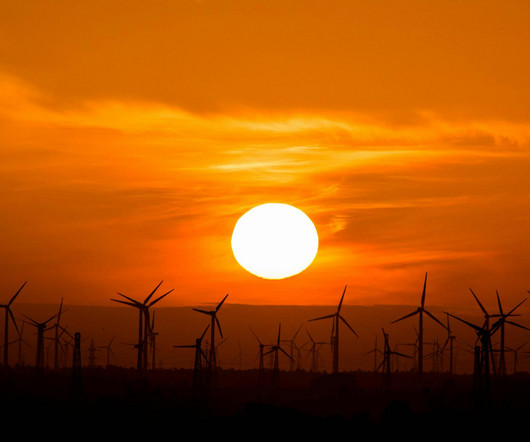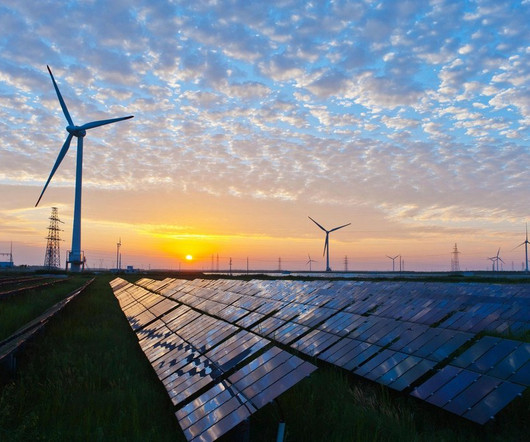Solar + wind now make up more than 20% of US electrical generating capacity
Baua Electric
JULY 19, 2024
Photo by Amol Mande on Pexels.com Solar and wind now make up more than 20% of total US electrical generating capacity, according to new data from the Federal Energy Regulatory Commission (FERC). The renewable energy mix – biomass, geothermal, hydropower, solar, and wind – is now nearly 30% of total US electrical generating capacity.






















Let's personalize your content